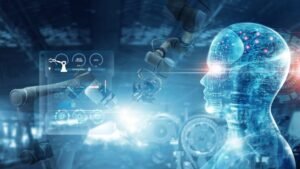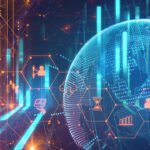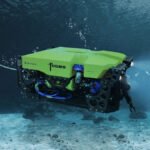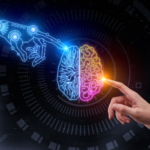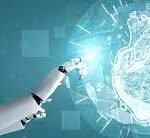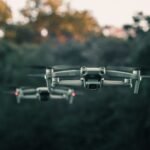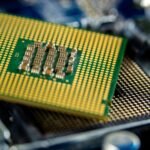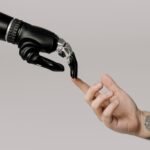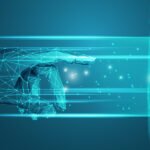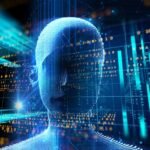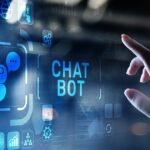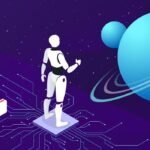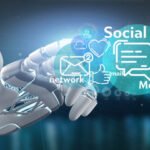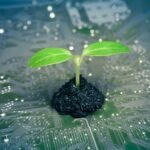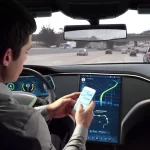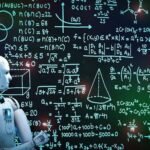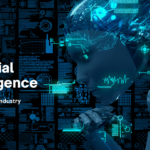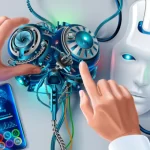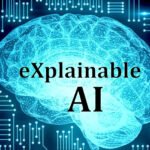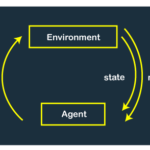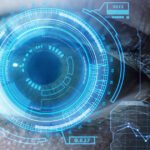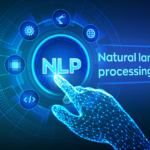AI for Food Quality Assurance: AI applications for monitoring food quality and safety.
In an increasingly globalized food industry, ensuring the safety and quality of consumables has become paramount. Enter Artificial Intelligence (AI), a transformative technology that is reshaping the landscape of food quality assurance. AI applications are enhancing food safety protocols, streamlining quality checks, and revolutionizing the way we monitor and maintain the quality of our food. In this blog, we’ll explore the cutting-edge role of AI in food quality assurance and delve into how these innovations are bolstering consumer confidence and upholding industry standards.
AI-Driven Sensory Analysis
Traditionally, sensory evaluation has been a cornerstone of food quality assessment. AI is now elevating this process by automating sensory analysis using machine vision and machine learning algorithms. These technologies can assess color, texture, size, and other visual attributes, ensuring that products meet predefined standards. AI can even detect subtle differences that the human eye might miss, leading to more consistent and accurate quality control.
Predictive Quality Analytics
AI excels in analyzing vast datasets, making it an invaluable tool for predictive quality analytics. By integrating historical data from production processes, weather patterns, and supply chains, AI algorithms can identify potential quality issues before they escalate. This proactive approach helps prevent quality-related recalls and wastage, while also enhancing efficiency across the supply chain.
Real-time Monitoring and Detection
AI-powered sensors and cameras can monitor food production lines in real time. These devices identify anomalies, contaminants, or irregularities that might compromise food quality or safety. If a deviation is detected, the system can trigger alerts for immediate corrective action. Such real-time monitoring reduces the risk of faulty products entering the market and minimizes the financial and reputational damage that recalls can cause.
Enhanced Traceability and Transparency
Consumers today demand transparency about the origin and journey of their food. AI can help enhance traceability by using technologies like blockchain to create an immutable record of a product’s journey from farm to fork. This not only fosters consumer trust but also aids in quickly identifying the source of any quality issues, allowing for swift targeted recalls if necessary.
Quality Control Automation
AI is automating many aspects of quality control that were previously labor-intensive and time-consuming. For instance, AI-powered robots can perform intricate tasks like sorting, grading, and inspecting produce, ensuring consistent quality without the risk of human error. This efficiency also reduces the need for manual labor, making quality control more cost-effective.
Challenges and Ethical Considerations
As with any technology, AI in food quality assurance presents challenges that need careful consideration. Data privacy, cybersecurity, potential biases in algorithms, and the ethical implications of replacing human labor are issues that need to be addressed as AI integration progresses in the food industry.
Future Prospects
The future of AI in food quality assurance holds immense promise. As AI algorithms become more sophisticated, they will be able to detect even subtler quality deviations, providing a higher level of precision. Collaborations between AI and robotics could lead to fully automated production lines with minimal human intervention, further enhancing efficiency and accuracy.



